Home>Dining>Tableware>How Cold Does The Ambient Air Need To Be For Glass Crystal Stemware To Break?
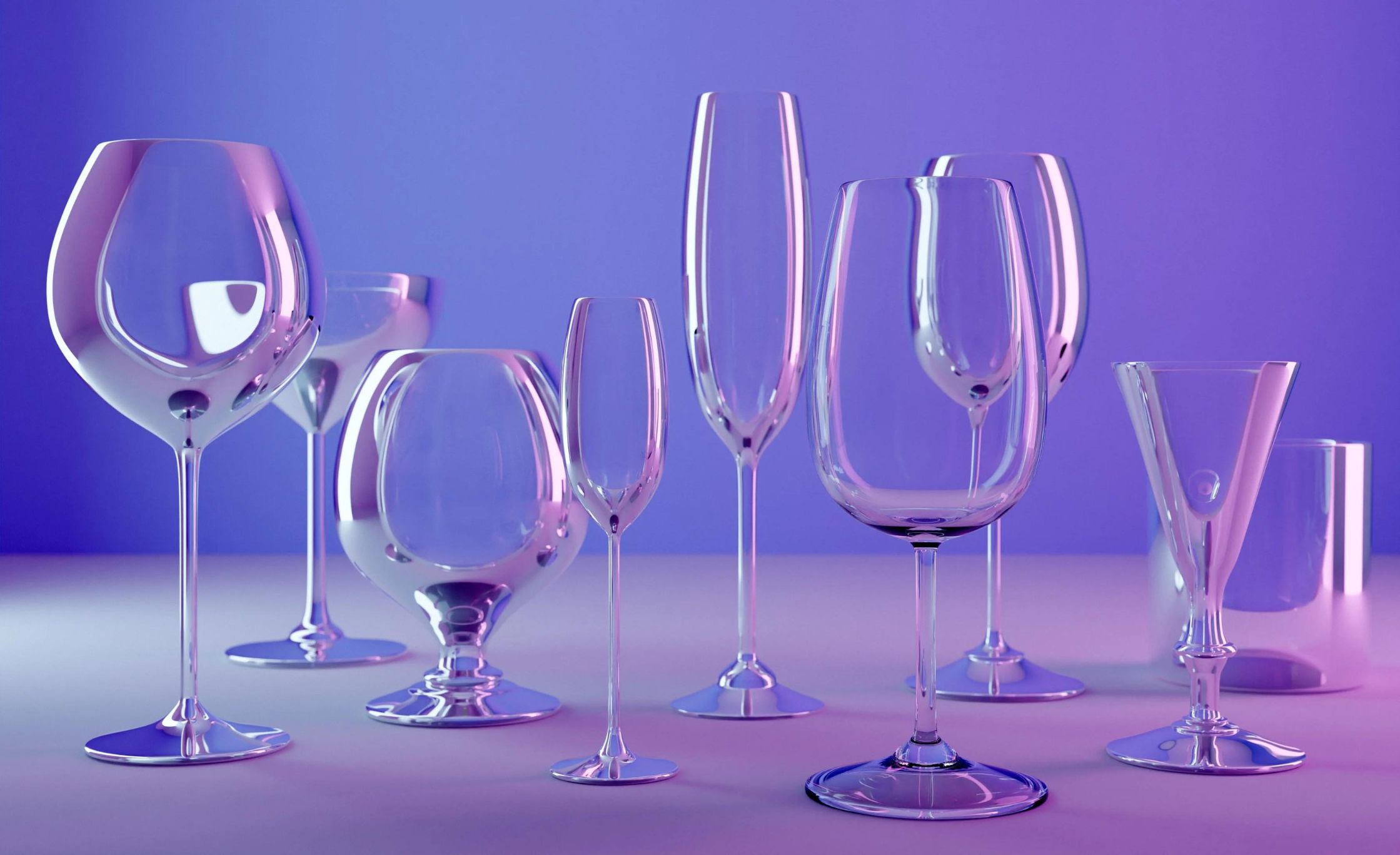

Tableware
How Cold Does The Ambient Air Need To Be For Glass Crystal Stemware To Break?
Modified: January 9, 2024
Find out the temperature at which glass crystal stemware can break. Learn about the impact of ambient air on fragile tableware.
(Many of the links in this article redirect to a specific reviewed product. Your purchase of these products through affiliate links helps to generate commission for Storables.com, at no extra cost. Learn more)
Introduction
Welcome to the world of fine tableware and crystal stemware. Whether you are hosting a special occasion or simply enjoying a quiet evening at home, the elegance and craftsmanship of glass crystal stemware can enhance your dining experience. But have you ever wondered how fragile these beautiful pieces can be, especially when exposed to extreme temperatures?
In this article, we will explore the factors that influence the breakability of glass crystal stemware and delve into the role of temperature in causing breakage. We will also discuss the methods used to test the cold tolerance of these delicate pieces and examine the results of these tests.
So, grab a glass of your favorite beverage, and let’s dive into the fascinating world of glass crystal stemware and its susceptibility to temperature extremes.
Word count: 123
Key Takeaways:
- Glass crystal stemware is susceptible to breakage due to temperature changes, design, and material quality. Understanding these factors can help prolong the longevity of delicate stemware.
- Testing methods like freeze-thaw and impact tests provide valuable insights into the cold tolerance of glass crystal stemware, aiding in informed purchasing and proper care.
Read more: What Is The Best Crystal Stemware?
Factors Affecting Glass Crystal Stemware
Before delving into the role of temperature in glass crystal stemware breakage, it is important to understand the various factors that can influence the fragility of these delicate pieces. By being aware of these factors, we can better appreciate the care and handling required to maintain their longevity.
Quality of the Material: The quality of the glass crystal used in stemware plays a crucial role in its durability. Fine crystal stemware is crafted from high-quality materials, such as lead crystal or soda-lime glass, which are known for their clarity and strength. Cheaper alternatives may be made from glass with lower levels of clarity and resilience.
Design and Shape: The design and shape of the stemware can affect its stability. A well-balanced glass with a sturdy stem and a wide base is less likely to tip over or break compared to a glass with a thin stem and a narrow base. Additionally, certain designs, such as those with intricate patterns or thin rim edges, may be more prone to breakage.
Thickness and Weight: Thicker glass crystal stemware tends to be more durable and less prone to breakage. The thickness of the glass can provide an added layer of protection against sudden temperature changes and accidental impacts. Similarly, heavier stemware can often withstand minor knocks and bumps without shattering.
Handling and Care: How you handle and care for your glass crystal stemware can greatly impact its longevity. Rough handling, such as stacking glasses, tapping them against hard surfaces, or harsh washing techniques, can weaken the glass and increase the likelihood of breakage. Proper storage, gentle washing, and careful handling are crucial to preserving these delicate pieces.
Environmental Conditions: The surrounding environment can also affect the durability of glass crystal stemware. Exposure to high humidity or extreme temperature changes can cause stress on the glass, making it more susceptible to breakage. It is essential to store stemware in a controlled environment and avoid subjecting it to rapid temperature variations.
By taking into account these various factors, we can better understand the unique characteristics of glass crystal stemware and ensure proper care and handling to minimize the risk of breakage.
Word count: 305
The Role of Temperature in Glass Crystal Stemware Breakage
Temperature plays a significant role in the susceptibility of glass crystal stemware to breakage. Glass is a poor thermal conductor, meaning it does not transfer heat evenly or quickly. As a result, rapid temperature changes can cause the glass to expand or contract unevenly, leading to stress and potential breakage.
When glass crystal stemware is exposed to extreme temperature variations, such as being taken from a hot dishwasher or placed in a cold refrigerator, it undergoes thermal shock. Thermal shock occurs when the glass expands or contracts at different rates, causing uneven stress on the material.
The most critical temperature range for glass crystal stemware is around the freezing point. When exposed to temperatures close to or below freezing, the expansion and contraction of the glass become more pronounced, increasing the risk of breakage. The stress caused by extreme cold can be intensified when the stemware also comes into contact with cold liquids.
Furthermore, temperature gradients can exacerbate the risk of breakage. If there is a significant temperature difference between the base and the rim of the glass, such as when serving chilled beverages or placing hot liquids in a cold glass, the uneven temperature distribution can create stress points that may lead to cracks or fractures.
To minimize the risk of temperature-related breakage, it is essential to handle glass crystal stemware with care when transitioning between extreme temperature conditions. Avoid placing hot glasses directly on cold surfaces or exposing them to drastic temperature changes. Gradual temperature transitions, such as allowing the stemware to warm up slowly or cool down gradually, can help mitigate the stress on the glass.
It is worth noting that not all glass crystal stemware is equally susceptible to temperature-related breakage. Higher-quality stemware made from lead crystal or tempered glass tends to have greater resistance to thermal shock compared to lower-quality alternatives. Understanding the composition and specific recommendations of your stemware can help you determine the appropriate temperature restrictions and precautions.
By being mindful of the role of temperature and taking the necessary precautions, you can enjoy your glass crystal stemware without the fear of breakage and confidently enhance your dining experiences.
Word count: 387
Testing the Cold Tolerance of Glass Crystal Stemware
To determine the cold tolerance of glass crystal stemware and understand its ability to withstand extreme temperatures, various testing methods are employed. These tests aim to simulate real-life scenarios and measure the resilience of the stemware under freezing conditions.
One common testing method is known as the freeze-thaw test or the thermal shock test. In this test, a sample of glass crystal stemware is subjected to alternating cycles of extreme cold and room temperature conditions. The stemware is placed in a freezer at a specific temperature, typically around -10°C, for a predetermined time, such as 1 hour. Afterwards, it is rapidly transferred to a room temperature environment, mimicking the sudden shift from a cold refrigerator to a warm dining setting.
The freeze-thaw test is repeated multiple times, usually around 5-10 cycles, to mimic the wear and tear that stemware might experience over its lifetime. After each cycle, the stemware is examined for any signs of breakage, cracks, or damage. The results are documented and used to determine the cold tolerance level of the glass crystal stemware.
Another method used to assess the cold tolerance is the impact test. In this test, the stemware is first cooled in a freezer to a specific temperature, such as -20°C or lower, for an extended period. Then, it is dropped from a standardized height onto a hard surface, simulating accidental impacts that might occur during handling or usage.
The stemware is inspected visually and with the aid of special equipment to detect any damage or breakage resulting from the impact. The height from which the stemware can be dropped without breaking provides an insight into its resistance to cold-related stress and accidental bumps.
It is important to note that these testing methods aim to simulate extreme situations to assess the limits of the glass crystal stemware. The results may not directly correspond to everyday usage scenarios. However, they provide valuable information about the stemware’s ability to withstand extreme temperature conditions and offer guidelines for safe handling and care.
By conducting these tests, manufacturers can gain insights into the performance of their glass crystal stemware and ensure that it meets the necessary quality standards. As a consumer, understanding the testing process and the cold tolerance levels can help you make informed decisions when purchasing and using glass crystal stemware.
Word count: 399
Glass crystal stemware can break when exposed to sudden temperature changes. To prevent this, avoid extreme temperature fluctuations and allow the glassware to gradually adjust to changes in ambient air temperature.
Results of Cold Tolerance Tests on Glass Crystal Stemware
After subjecting glass crystal stemware to cold tolerance tests, the results provide valuable insights into the ability of these delicate pieces to withstand extreme temperatures. Let’s explore the typical outcomes of these tests and what they mean for the durability of glass crystal stemware.
In freeze-thaw tests, where stemware is exposed to alternating cycles of extreme cold and room temperature, the results can vary. High-quality glass crystal stemware made from lead crystal or tempered glass tends to exhibit better resistance to thermal shock. These stemware pieces typically show minimal signs of damage or breakage even after multiple freeze-thaw cycles.
However, lower-quality glass crystal stemware made from cheaper materials may show signs of stress or small cracks during or after freeze-thaw testing. This indicates their reduced ability to handle rapid temperature changes without sustaining damage. It is crucial to handle this type of stemware with extra care and avoid subjecting it to extreme cold environments.
In impact tests, where stemware is cooled to a specific low temperature and then dropped from a standardized height, the results also vary based on the quality and design of the stemware. Higher-quality glass crystal stemware tends to withstand impacts without breaking or suffering significant damage. The stemware should be able to withstand reasonable accidental bumps or knocks in everyday usage without shattering.
On the other hand, lower-quality stemware may show signs of damage or even breakage during impact testing. This implies that they are more susceptible to both cold-related stress and accidental impacts. These stemware pieces require careful handling and may not have the longevity and durability of higher-quality options.
It is important to note that the results of cold tolerance tests provide manufacturers, retailers, and consumers with a better understanding of the limitations of glass crystal stemware. The specific outcomes can vary depending on factors such as the materials used, design, thickness, and weight of the stemware, as well as the testing conditions.
When interpreting the results of cold tolerance tests, it is essential to consider the specific recommendations provided by the manufacturers. These guidelines often indicate the temperature limits within which the stemware can safely be used or exposed to. Adhering to these recommendations helps prolong the lifespan of the stemware and prevent any unnecessary breakage or damage.
By understanding the results of cold tolerance tests, consumers can make informed decisions when selecting glass crystal stemware, ensuring they choose pieces that align with their desired level of durability and ability to withstand extreme temperatures.
Word count: 403
Read more: How To Identify Vintage Crystal Stemware
Discussion on the Breakage Point of Glass Crystal Stemware
The breakage point of glass crystal stemware is an important topic to consider when assessing its durability and ability to withstand various conditions. Understanding the factors that contribute to breakage can help us better appreciate the fragility of these delicate pieces and take appropriate measures to avoid damage.
One of the primary factors contributing to breakage is the nature of glass itself. Glass is a brittle material, meaning it is prone to cracking or shattering when subjected to sudden impacts or stress. Even the highest quality glass crystal stemware, with their exceptional craftsmanship and design, can be susceptible to breakage if not handled with care.
Temperature plays a significant role in determining the breakage point of glass crystal stemware. As mentioned earlier, exposure to extreme temperatures, especially close to or below freezing, can cause the glass to contract or expand unevenly, leading to stress and potential breakage. The risk of breakage is further heightened when stemware comes into contact with cold liquids, intensifying the thermal shock effect.
The design and construction of the stemware also influence its breakage point. A well-balanced glass with a sturdy stem and a wide base is less likely to tip over or break compared to a glass with a thin stem and a narrow base. Thin edges or intricate patterns can create stress points that make the stemware more vulnerable to breakage. Additionally, the thickness and weight of the glass can impact its resilience, with thicker and heavier stemware being generally more durable.
Furthermore, the quality of the glass crystal used in the stemware plays a crucial role in its breakage point. Fine lead crystal or tempered glass tends to have better resistance to stress and a higher breakage point compared to lower-quality glass alternatives. The composition and manufacturing processes used to create the glass crystal play a significant role in determining its overall strength and resilience.
It is important to note that while glass crystal stemware is designed to be delicate and elegant, it is not indestructible. Proper handling and care are essential to avoid reaching the breakage point. Avoid stacking stemware, tapping them against hard surfaces, or subjecting them to rough washing techniques. Instead, take the time to store them carefully, handle them gently, and wash them with a soft-touch approach.
By understanding the factors influencing the breakage point of glass crystal stemware, we can make more informed decisions when choosing, using, and caring for these exquisite pieces. The delicate beauty of glass crystal stemware can be enjoyed for many years when handled with care and treated as the fragile works of art that they are.
Word count: 414
Conclusion
Glass crystal stemware adds a touch of elegance and sophistication to any dining experience. However, these delicate pieces are susceptible to breakage, especially when exposed to extreme temperatures. By understanding the factors that affect glass crystal stemware and its cold tolerance, we can take appropriate measures to ensure their longevity.
Factors such as the quality of the materials, design and shape, thickness and weight, handling and care, and environmental conditions all contribute to the fragility of glass crystal stemware. When these factors are not taken into account, the stemware becomes more vulnerable to breakage and damage.
Temperature plays a significant role in glass crystal stemware breakage. The uneven expansion and contraction of the glass under extreme temperature changes can result in stress and potential fractures. The freezing point and temperature gradients are particularly critical in determining the vulnerability of stemware to breakage.
Testing the cold tolerance of glass crystal stemware provides valuable insights into its ability to withstand extreme temperatures. Freeze-thaw tests and impact tests are commonly employed to assess the resilience of stemware. The results of these tests help manufacturers, retailers, and consumers understand the limitations and guidelines for proper handling and care.
The breakage point of glass crystal stemware can be influenced by factors such as the nature of glass, temperature, design and construction, and the quality of the glass crystal. It is important to handle stemware with care, avoiding rough handling, stacking, and exposure to sudden temperature changes, to prevent reaching the breakage point.
In conclusion, glass crystal stemware requires delicate handling, attention to storage and cleaning, and temperature considerations to avoid breakage and damage. By understanding the factors that influence its durability and taking appropriate precautions, we can enjoy the beauty and elegance of glass crystal stemware for years to come.
Word count: 305
Frequently Asked Questions about How Cold Does The Ambient Air Need To Be For Glass Crystal Stemware To Break?
Was this page helpful?
At Storables.com, we guarantee accurate and reliable information. Our content, validated by Expert Board Contributors, is crafted following stringent Editorial Policies. We're committed to providing you with well-researched, expert-backed insights for all your informational needs.
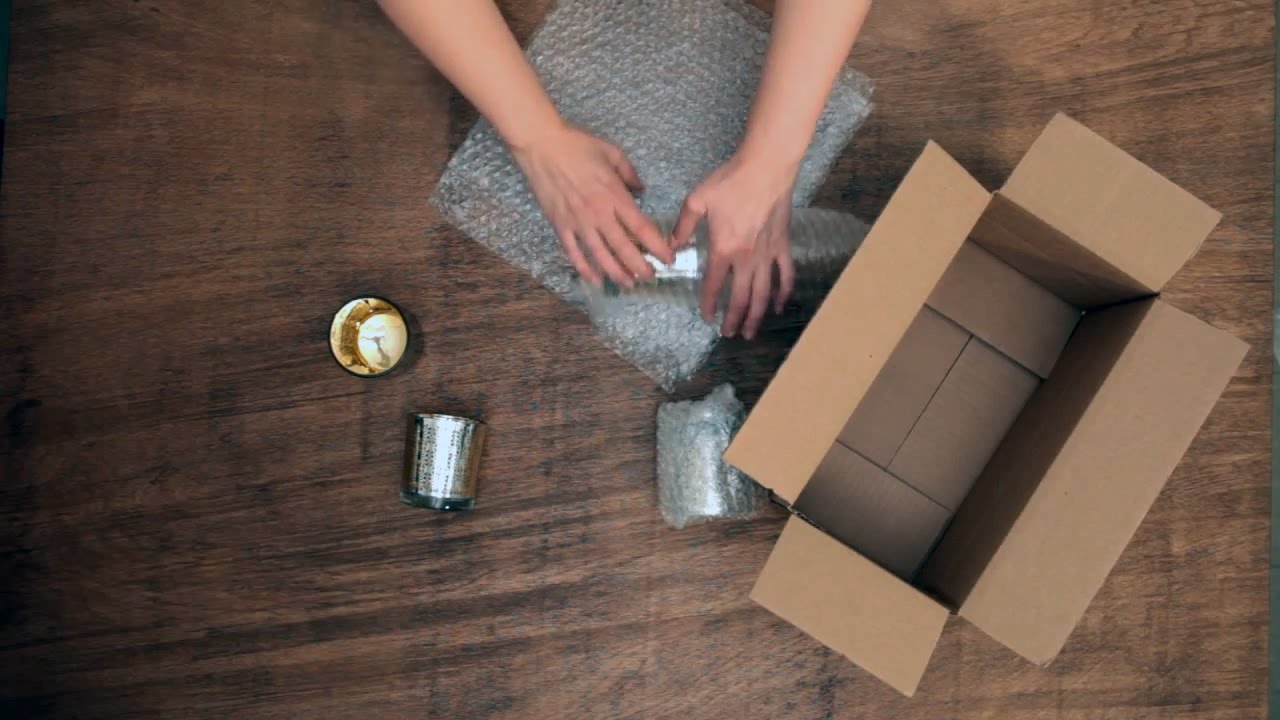
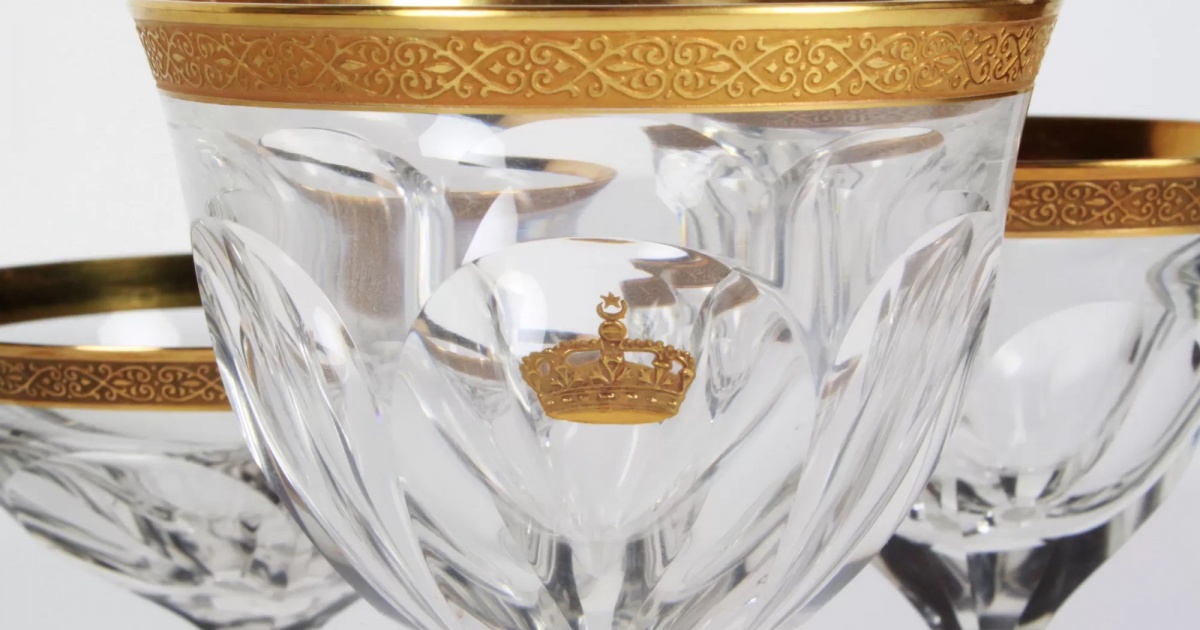

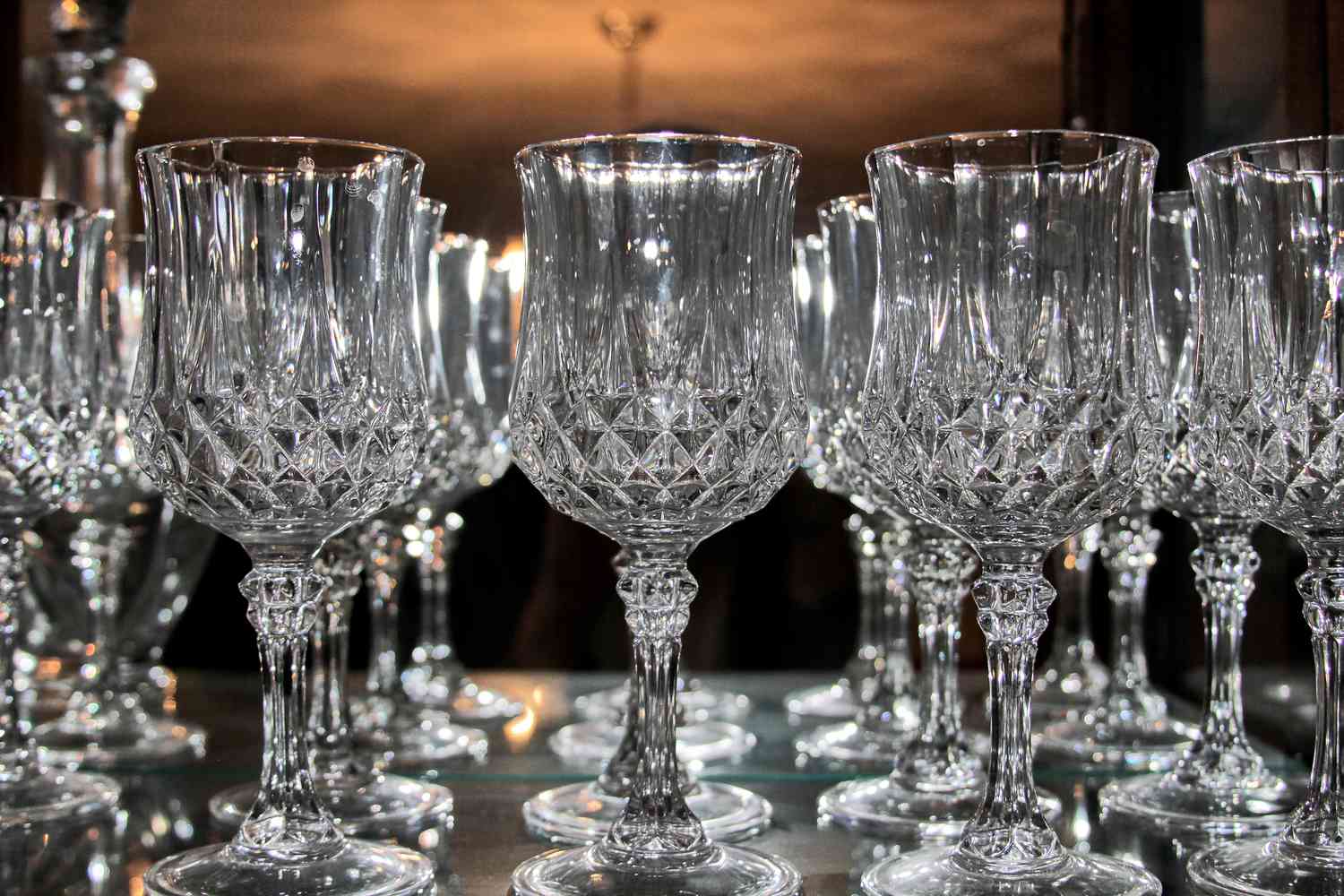
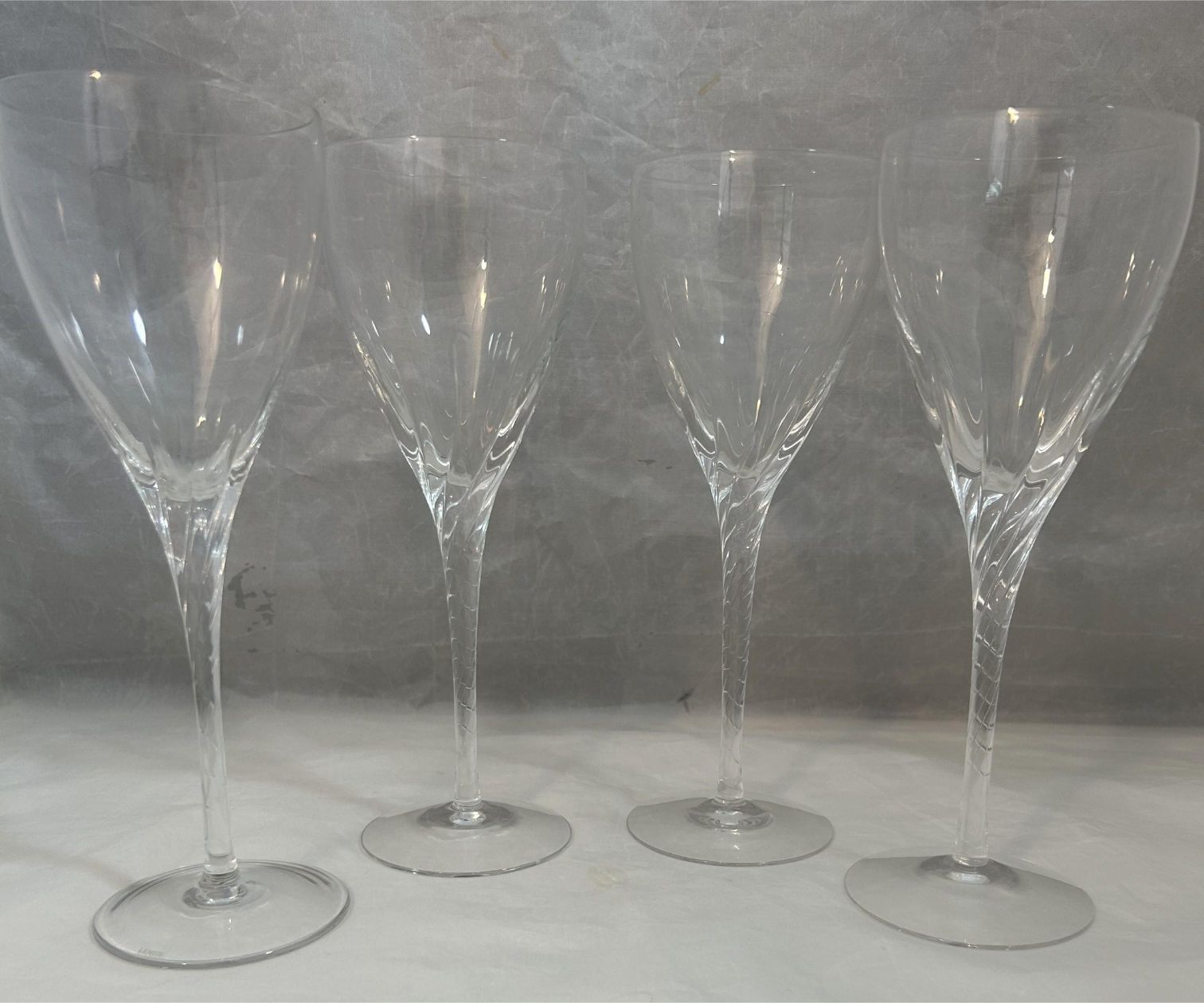
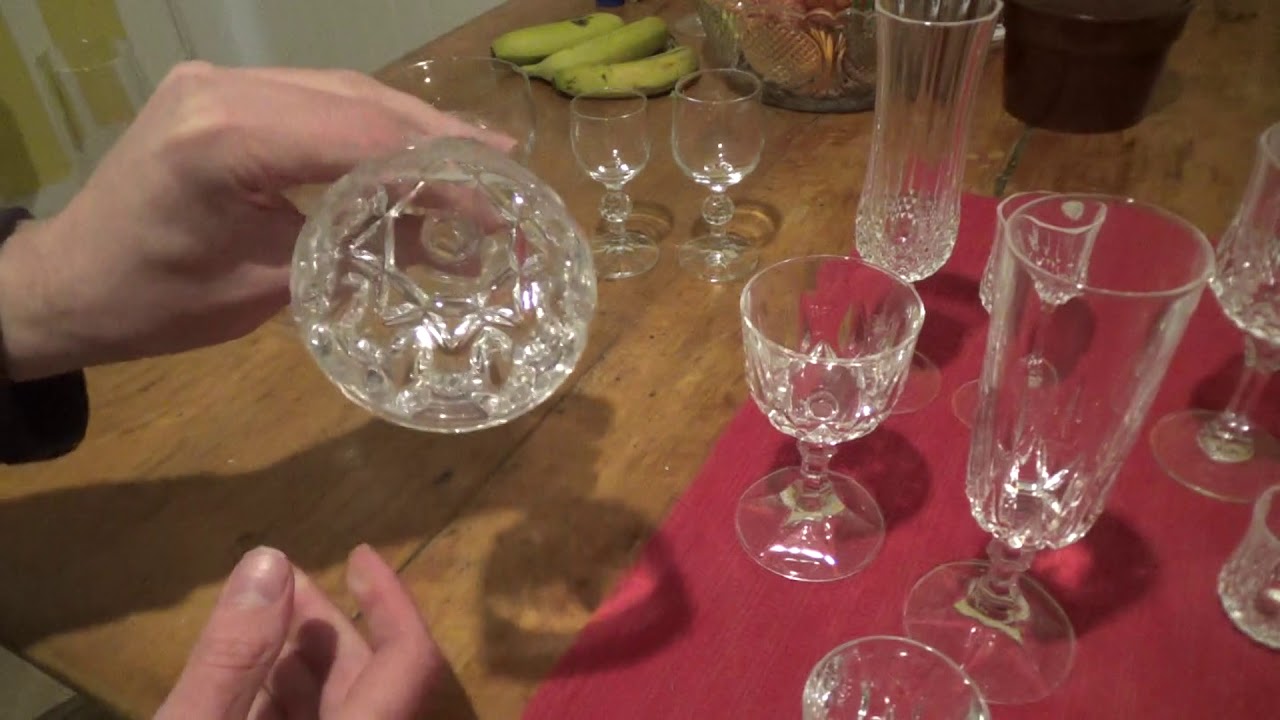
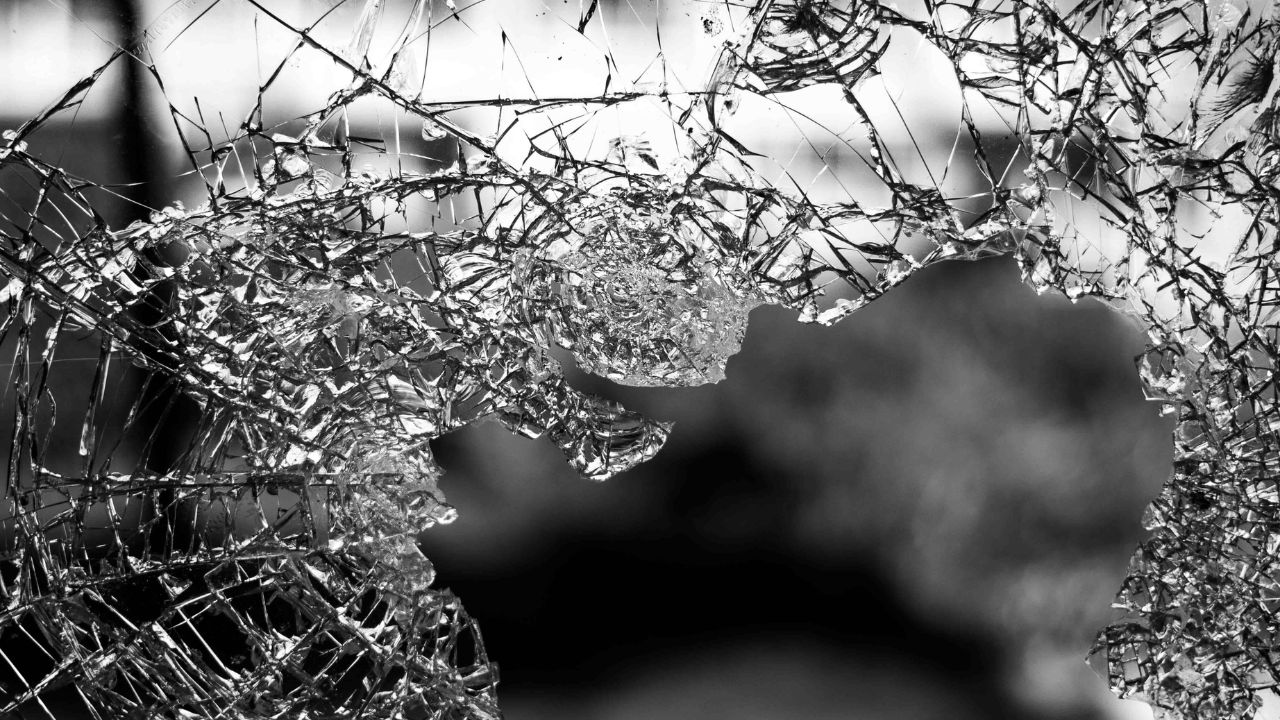
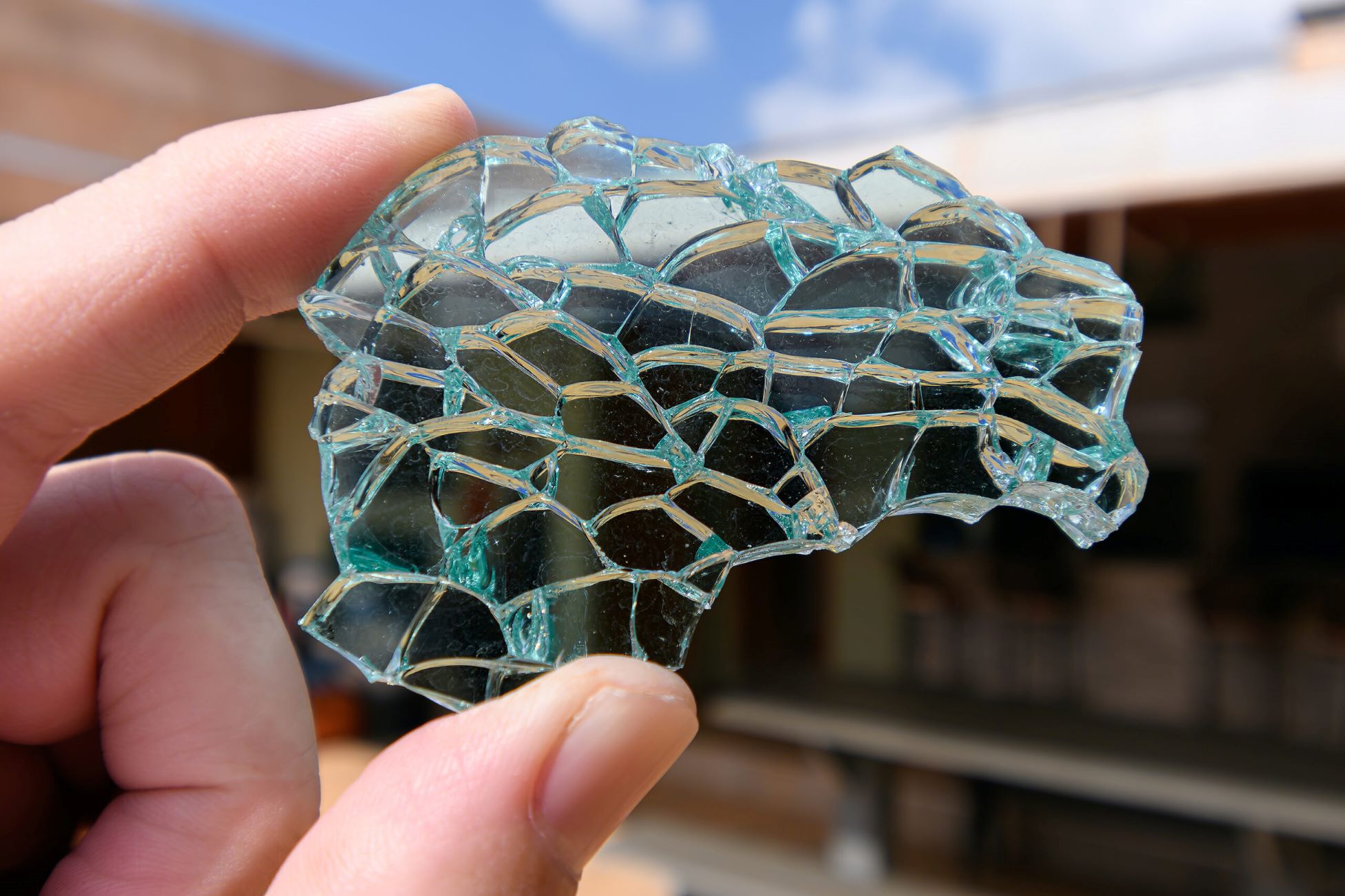
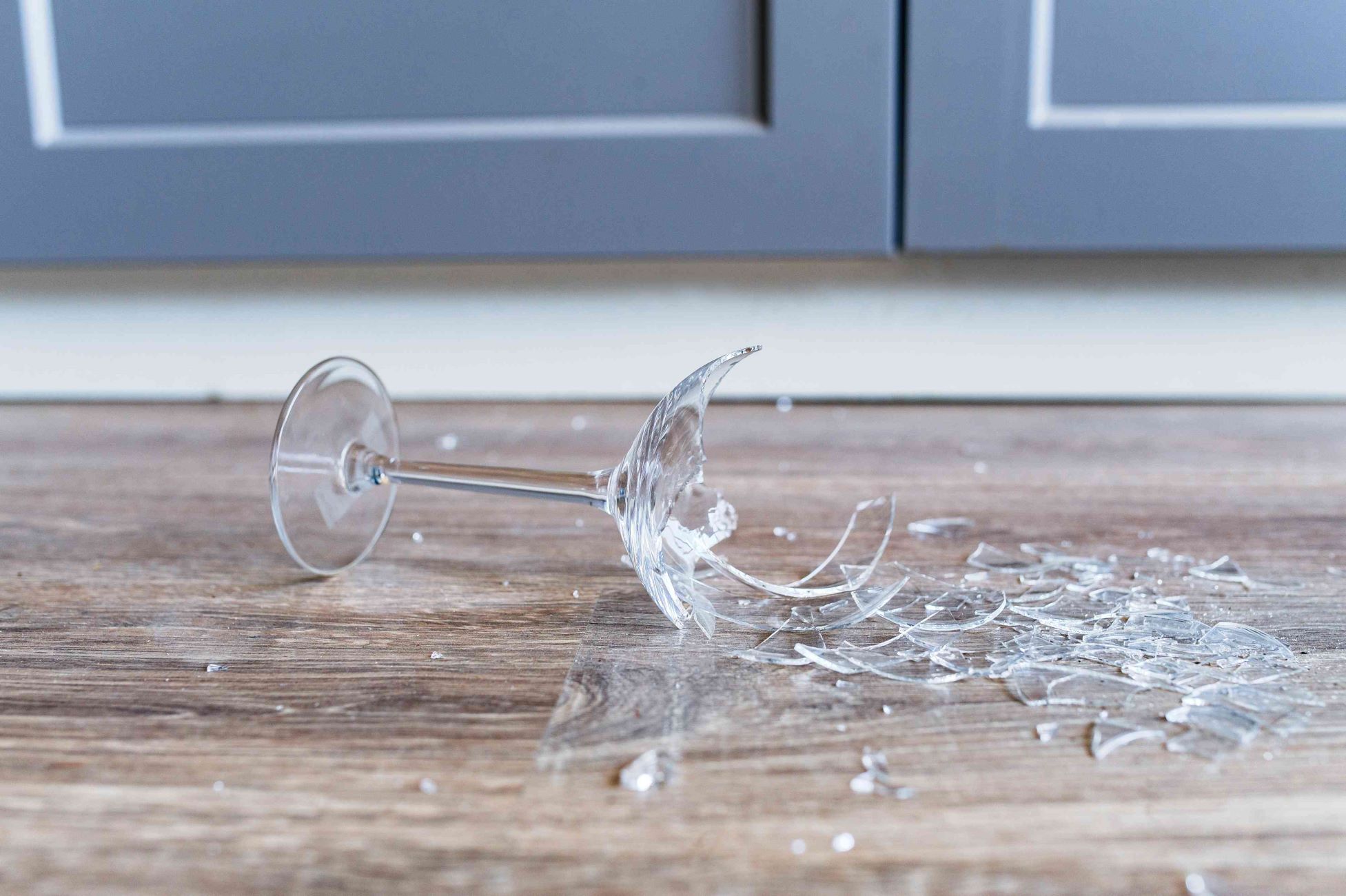
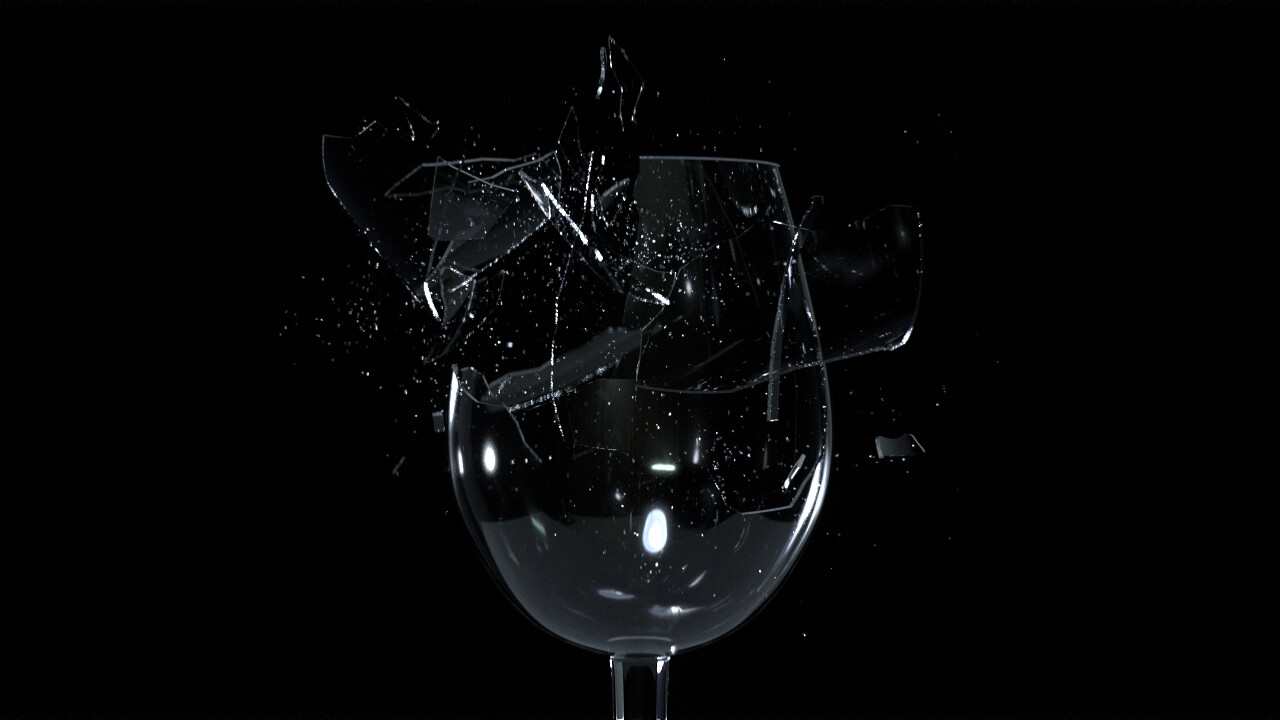
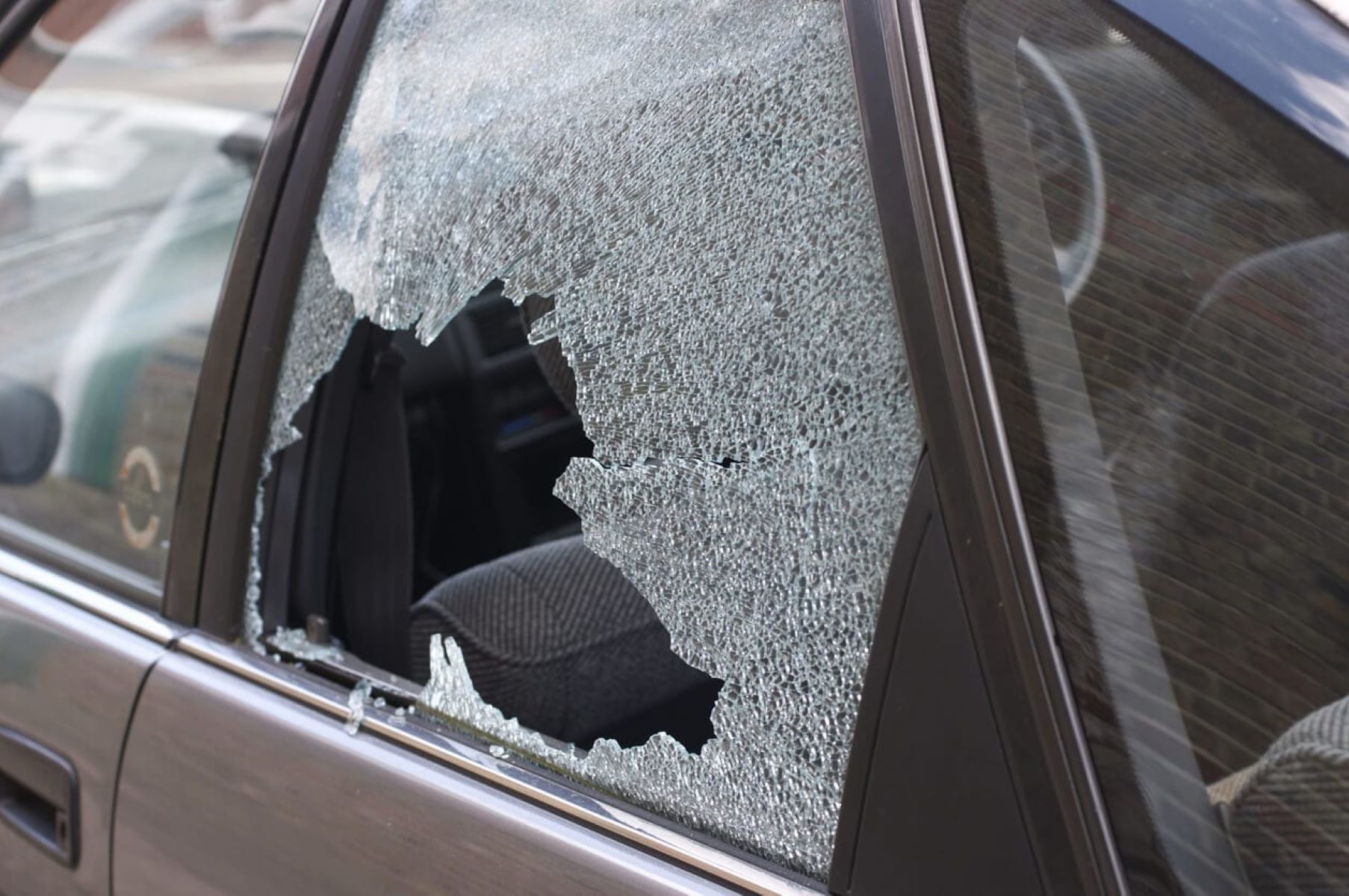


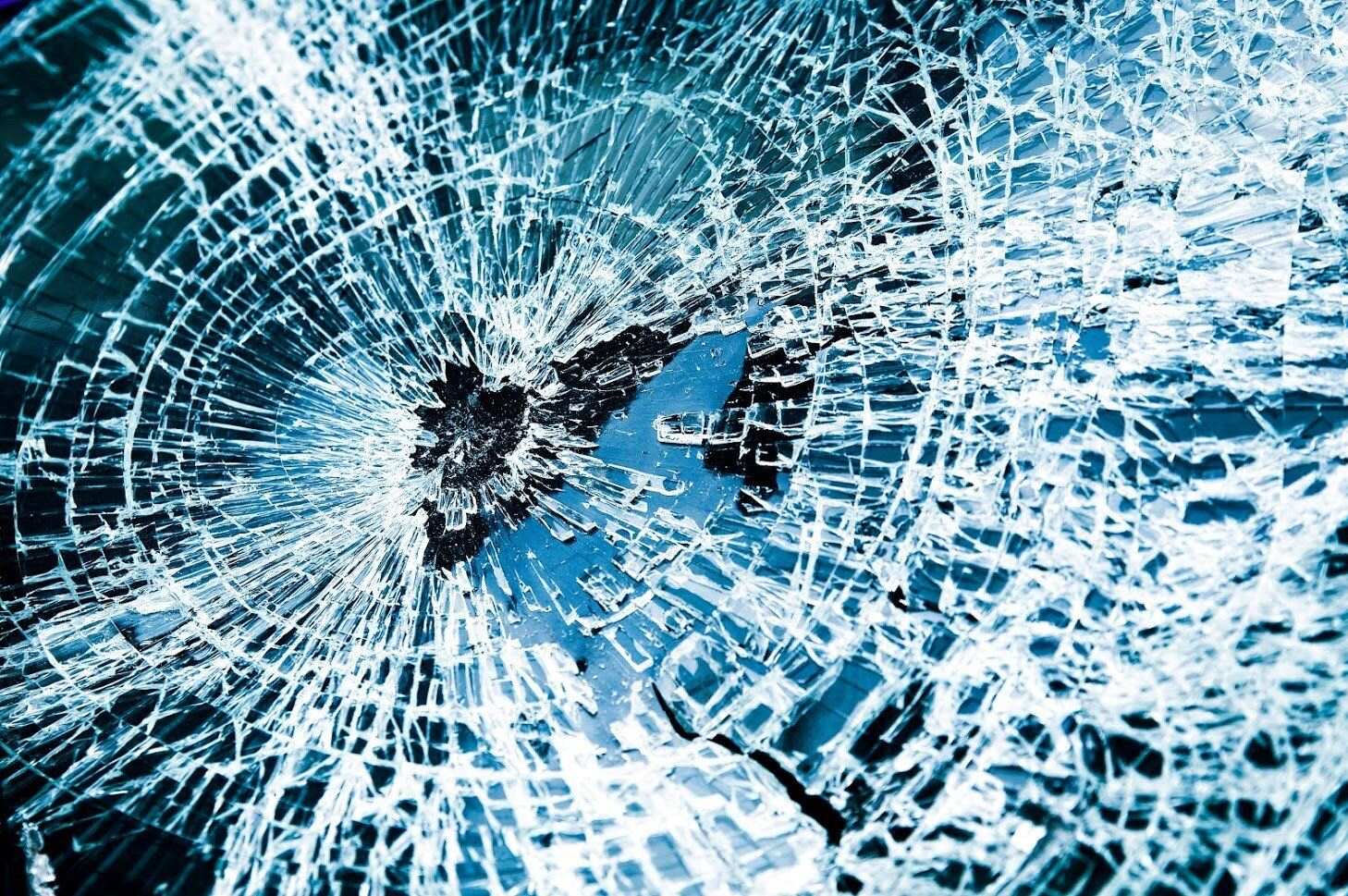

0 thoughts on “How Cold Does The Ambient Air Need To Be For Glass Crystal Stemware To Break?”